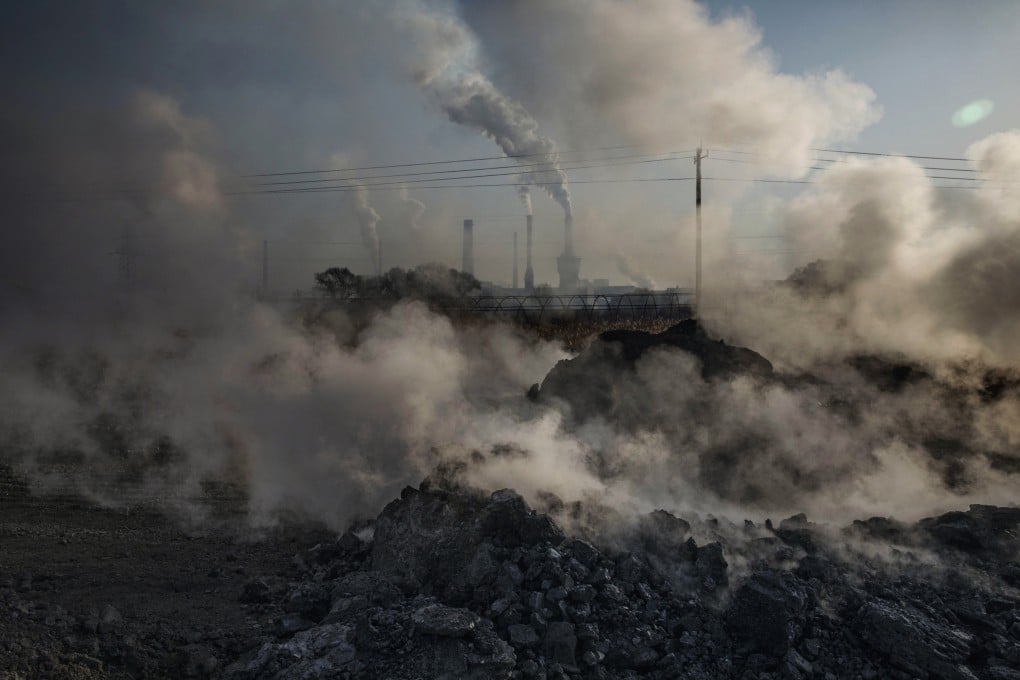Climate change: global steel sector’s transition from coal-based production risks stranding US$554 billion of assets, report says
- Around 368 million tonnes of coal-based steelmaking capacity is under development in countries with net-zero carbon commitments, a Global Energy Monitor report said
- 68 per cent of the steelmaking capacity worldwide uses conventional coal-based processes, but they contribute to 86 per cent of industry emmisions

The global steel sector’s transition away from coal-based production has to gather pace as the continued roll-out of coal-based capacities poses hurdles towards carbon neutrality goals, a survey revealed on Thursday.
Around 368 million tonnes per annum (Mtpa) of coal-based steelmaking capacity is under development in countries with net-zero carbon commitments, a 7 per cent increase from 2021 to 2022 even as overcapacity persists, and as much as US$554 billion of assets is at risk of becoming stranded, according to a Global Energy Monitor (GEM) report.
Stranded assets are those that lose value or turn into liabilities before the end of their expected economic life and experts are urging a switch to energy efficient processes to minimise value destruction.
“Coal-based steel production is on the decline, but not quickly enough,” the report said while highlighting “significant action” needs to be taken to retire coal-based blast furnace-basic oxygen furnace (BF-BOF) steelmaking capacity, while halting capacity expansions under development, and switching to cleaner electric arc furnace (EAF) steel production. The EAF route emits just 10 to 20 per cent of the carbon dioxide produced in the BF-BOF steelmaking process.

In 2021, 68 per cent of the operating steelmaking capacity worldwide used conventional BF-BOF process, but contributed to 86 per cent of industry emissions. On the other hand, EAF which accounted for 31 per cent of the industry capacity emitted only 14 per cent of the greenhouse gas, according to GEM.
In order for the global energy-related carbon dioxide emissions to reach net zero by 2050, which would cap the global temperature rise to 1.5 degrees Celsius, over half of the global steel production needs to be manufactured using the EAF route, according to the International Energy Agency (IEA). However, despite the rise in EAF proportion in the planned capacity expansion it would only comprise 32 per cent of the aggregate capacity by 2050, GEM found.